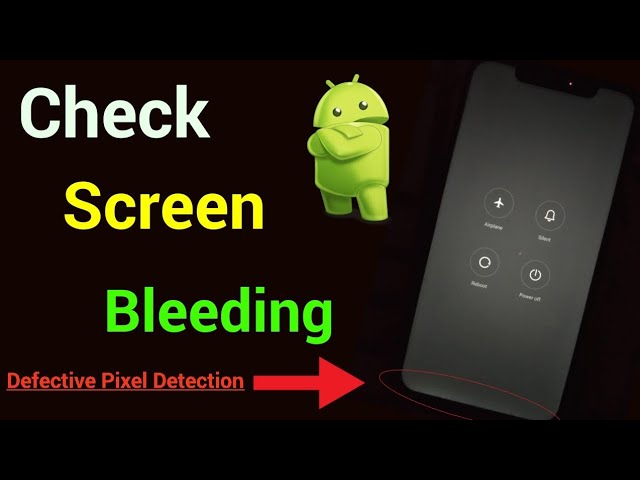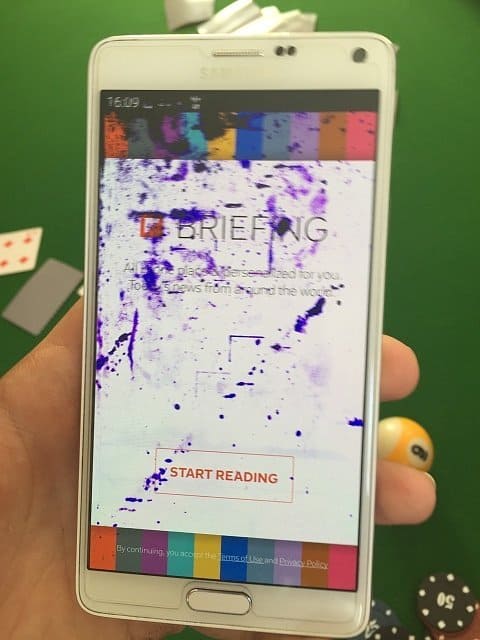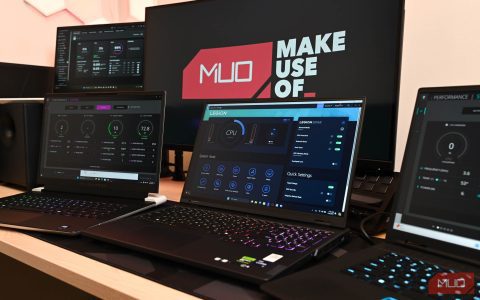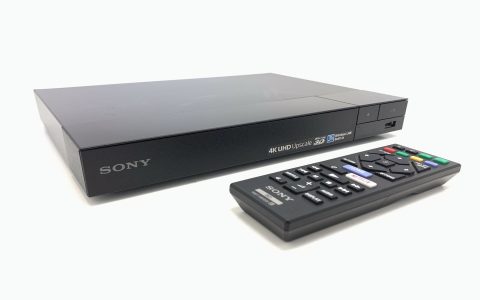Screen bleeding (often called backlight bleed on LCDs) refers to unwanted light leakage around the edges or corners of a display, visible primarily against dark backgrounds. On OLED displays, uniformity issues like dark spots or blotches are more common concerns. Here's how to check your Android device:
Method 1: Use Full-Screen Solid Colors
Displaying uniform colors is the most reliable way to spot anomalies.
- Grab Solid Color Images/Slides: Search your device for simple, solid color background images (especially pure black, dark gray, white, and red). Many manufacturers include them in their gallery app under wallpapers or themes.
- Use YouTube: Search for "screen test" videos, specifically looking for those that display solid colors (black, gray) for several seconds. Full-screen playback is essential.
- Examine in a Dark Room: Turn off all lights. Brightness should be set to around 50-75%. Higher brightness makes bleed more apparent on LCDs.
- Check Edges & Corners: Look closely at all screen edges and corners. LCD backlight bleed typically appears as yellowish or whitish glows/flares. OLED uniformity issues may manifest as darker blotches or bands on gray backgrounds.
Method 2: Test with Dark Content
Observe how the screen handles real-world dark scenarios.

- View Dark Images/Media: Open photos or videos with large areas of darkness.
- App Loading Screens: Pay attention when apps start up, particularly if they have black or dark loading screens.
- Dark Mode Interfaces: Navigate menus and apps in Dark Mode. Look for unevenness near bezels during scrolling.
Method 3: Use a Dedicated Display Tester App
Several apps provide specialized test patterns.
- Search Play Store: Look for apps like "Display Tester," "Screen Test," or "Dead Pixel Test." Read reviews and check permissions.
- Run Tests: These apps typically offer solid color screens, gradient tests, and pixel checkers. Focus specifically on the black, dark gray, and gray screens. Some may have a "Bleeding Test" mode.
Important Considerations
LCD vs. OLED: Understand your display type. LCDs suffer from backlight bleed (light leaks). OLEDs can have black crush (loss of detail in shadows) or mura (non-uniform gray areas), but true bleed like LCDs is rare due to per-pixel lighting.
Minimal Bleed is Normal: Most LCD panels exhibit very minor backlight bleed, especially near the bottom bezel. Only significant bleed causing noticeable distraction in normal use is typically considered defective.
No Pressure: Do not press on the screen during tests. Pressure can temporarily create light spots that aren't permanent flaws.
Protective Film: If you have a cheap or poorly applied screen protector, remove it and retest, as it can sometimes cause light scattering mimicking bleed.









